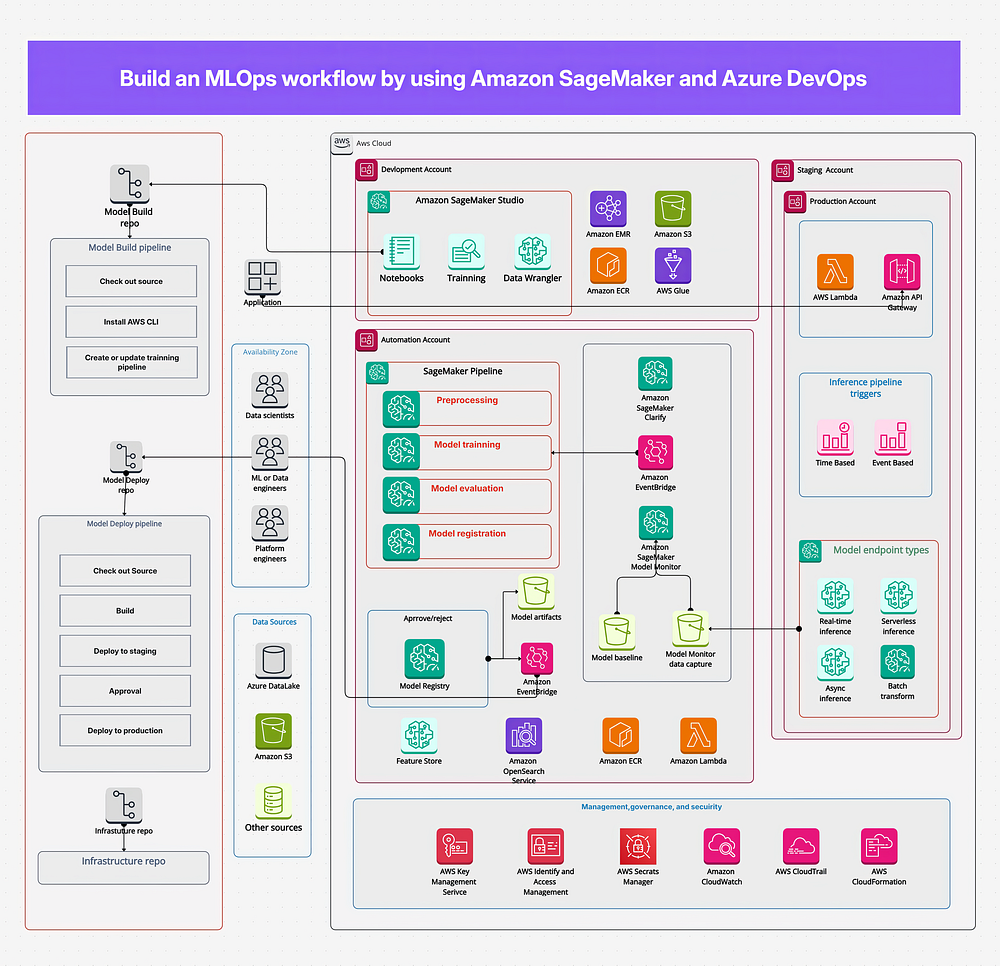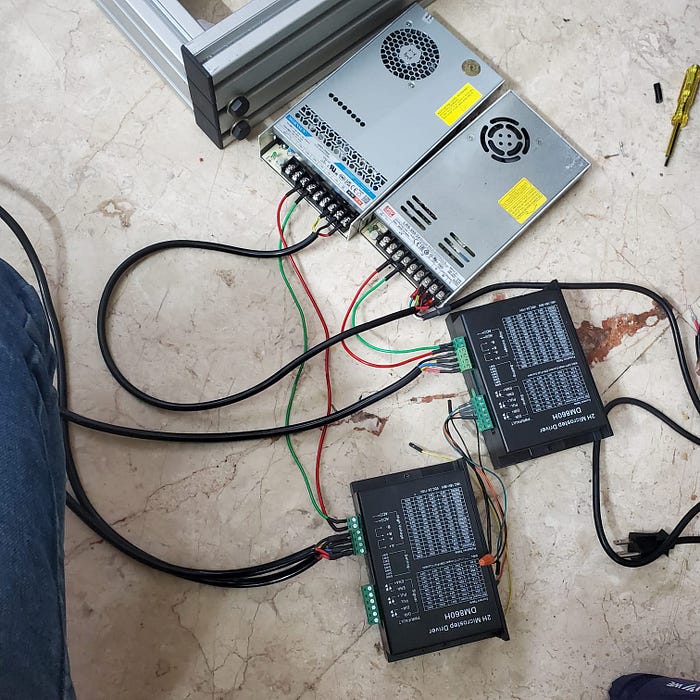Introduction to Neural Networks
Neural networks are a fundamental component of machine learning, and they learn by searching within a "hypothesis space" — the set of functions they can represent. The hypothesis space is not a neutral territory; it is shaped by two forces: architecture and regularization. Architecture defines what can be expressed, while regularization defines how likely different regions of this space are to be explored or trusted.
Understanding Architecture and Regularization
The architecture of a neural network defines the set of functions it can express. For example, a convolutional neural network (CNN) is designed to recognize patterns in images, while a recurrent neural network (RNN) is designed to recognize patterns in sequences. Regularization, on the other hand, defines a measure over the hypothesis space, which determines how likely different functions are to be explored or trusted. Regularization techniques, such as dropout and L2 regularization, can help prevent overfitting by favoring simpler models.
A Tale of Two Learners
Imagine two neural networks trained on the same data: a shallow multilayer perceptron (MLP) and a CNN. Both networks converge to low training error, but their generalization behavior differs dramatically. This is because the shape of their hypothesis spaces is different. The MLP has no built-in notion of locality or translation invariance, while the CNN has a geometry that is baked in.
From Functions to Manifolds
To make this precise, think of the hypothesis space as a manifold embedded in a larger function space. An architecture carves out a submanifold of functions it can express, which has curvature, volume, and topology. The optimizer doesn’t explore all of function space; it flows along this curved, structured manifold defined by the architecture.
Regularization as a Measure over Hypothesis Space
Regularization defines a measure over the hypothesis space, which determines how likely different functions are to be explored or trusted. Different regularizers and architectures may interact nonlinearly, and a regularizer that improves generalization in one architecture may hurt it in another.
A Geometric Framing of Learning Bias
Learning can be seen as a process of moving along a structured manifold, defined by the architecture, following a flow field shaped by regularization, in pursuit of a low-energy state defined by the loss function. In this framing, architecture defines the manifold of functions the model can express, regularization imposes a density or potential field over this terrain, and the loss function defines the energy landscape.
Conclusion
Designing neural networks with geometry in mind can lead to better generalization and performance. Architectural choices should be guided by understanding what kind of manifold they induce, and regularization strategies should be tuned to the architecture. Future research may benefit from explicit characterizations of these manifolds, and designing architectures and regularizers in tandem can lead to better models.
FAQs
- Q: What is a hypothesis space?
A: A hypothesis space is the set of functions that a neural network can represent. - Q: What is the difference between architecture and regularization?
A: Architecture defines what can be expressed, while regularization defines how likely different regions of the hypothesis space are to be explored or trusted. - Q: Why is it important to consider geometry when designing neural networks?
A: Considering geometry can lead to better generalization and performance, as it allows for a deeper understanding of how the model learns and represents functions. - Q: What is the relationship between regularization and architecture?
A: Regularization and architecture interact nonlinearly, and a regularizer that improves generalization in one architecture may hurt it in another. - Q: How can I design better neural networks?
A: Designing neural networks with geometry in mind, tuning regularization strategies to the architecture, and considering the interaction between regularization and architecture can lead to better models.











